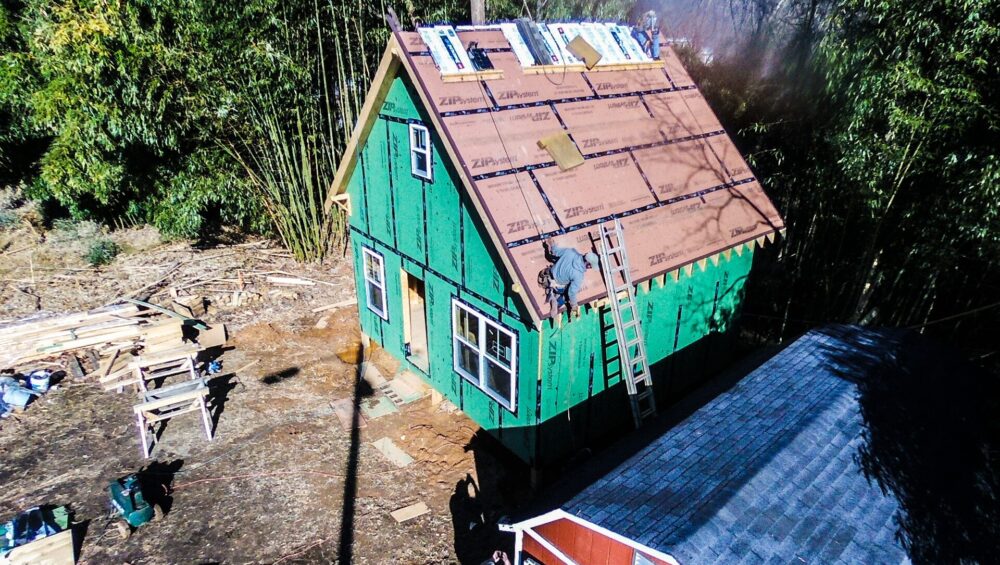“Why are you meeting?”
That’s the first question Landis Graden asks of a dwindling congregation looking at options for their future when he engages with them.
“What’s the purpose of your meeting, what’s at the center of your congregation, what’s your anchor?” Graden asks those congregations. “If I hear we’ve been worshiping together for 40 years, and we have coffee together, and I don’t hear any kind of ministry, then it’s just a club. It’s a social thing, and they don’t want any change in their life. So that’s when I know, at that first meeting. I know that this congregation has total denial, and it doesn’t even have a willingness to listen to anything other than what they want to hear.”
“And I usually don’t go back. I’ve met with hundreds of churches, and I’ve never been wrong, “ Graden continues.
For those congregations that have some purpose beyond themselves, the second fatal road block is if the dwindled congregation starts fighting about the assets and their future use; that’s the other time Graden leaves. if they can hold it together without a civil war, he’s got the patience to guide them through the change process. Research says that somewhere between 50,000 and 100,000 churches will close in the next five years. Those churches are going to need guidance as they decide what to do with assets.
Graden and his company, DCG Strategies, works in the Bay Area with the Episcopal diocese, the Methodist Conference, and Presbyterian Synod, as well as churches in a growing number of other areas, helping them transition some or all of their space to shared and mixed use. Sometimes that means affordable housing, sometimes homeless housing, and, in an increasing number of places, it means workforce housing, as people who work can’t afford to live in a growing number of cities.
Working with creative financial wizard, Cort Gross, they’ve come up with a model of building multiple tiny houses on church properties in those cities to enable the teachers, firefighters, and service workers to eliminate lengthy daily commutes. Significantly, they’ve made the model work without federal tax credits, which gives them much more flexibility in how they operate. Unlike homeless housing, workforce housing can offer a modest financial return to investors in a community.
Gross and Graden are also working to bring their model of workforce housing via tiny houses to the Asheville, North Carolina area, working with Stephanie Swepson Twitty and Eagle Market Streets Community Development Corporation (CDC) as the financial backbone and Beloved Asheville, a highly respected faith-based service group that recently broke ground on a dozen tiny houses for homeless people on a local church property.
Workforce housing can be deployed in neighborhoods where affordable housing won’t work. For a church to establish affordable housing, it needs the demographics to be right. Questions to ask are: Is there good public transit? Do local grocery stores take SNAP (food stamps)? Can a single mother walk her child to a public school? Is there a WalMart nearby? Workforce housing has none of those restrictions, and it also doesn’t have the NIMBY (not in my back yard) stigma that affordable or homeless housing often attracts. Thus it’s easier for a church to create workforce housing in more places in a city.
As envisioned, the essential pre-development finance for the workforce housing– the money that lets Graden do the research to see if the project is potentially economically viable–will be provided in Asheville by a multi donor Donor Advised Fund platform provided by Impact Assets, a $1.5 billion no- profit. In Asheville, Eagle will administer the philanthropic investing platform. IA’s platform has been deployed in 50 plus cities and towns across the country.
Venture philanthropy, where individuals or churches give in order to invest in a mission-focused project is a proven tool that is becoming increasingly popular. The money given (which is deductible just like any other charitable gift) is invested and comes back to either their congregation’s donor advised fund or their own DAF (but not to any individual’s bank account). It is a perfect fit for pre-development finance. It’s the essential soft money that is otherwise hard to find. Without pre-development finance, which pays for the feasibility studies, and for hiring architects, engineers and working with city zoning and planning departments, etc., projects don’t get off the ground. Venture philanthropy is the catalytic capital that can be 1. patient 2. flexible, 3. concessionary (below market; understanding that there is a cost to doing good) and 4. willing to go in early and take a risk to make something big happen.
If the Asheville partnership works, hopefully it will lead to a replicable model that could be displayed at each Neighborhood Economics conference and explored by the church cohorts who will be using the field guide to transformation created by Faithfinance.net, our sister organization. For more information about the field guide, contact Elizabeth Moriarty.

